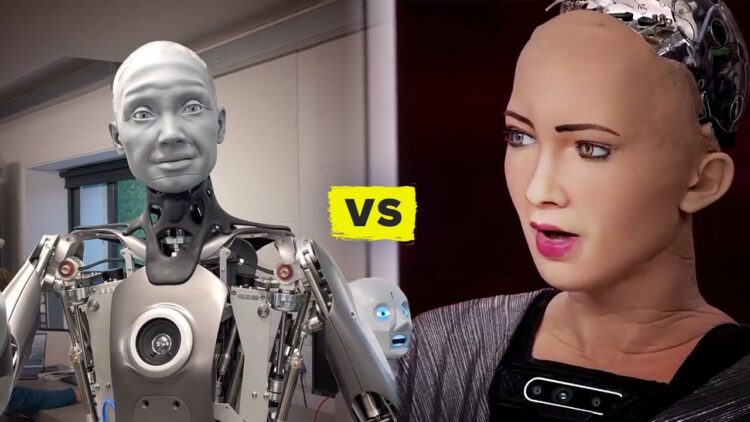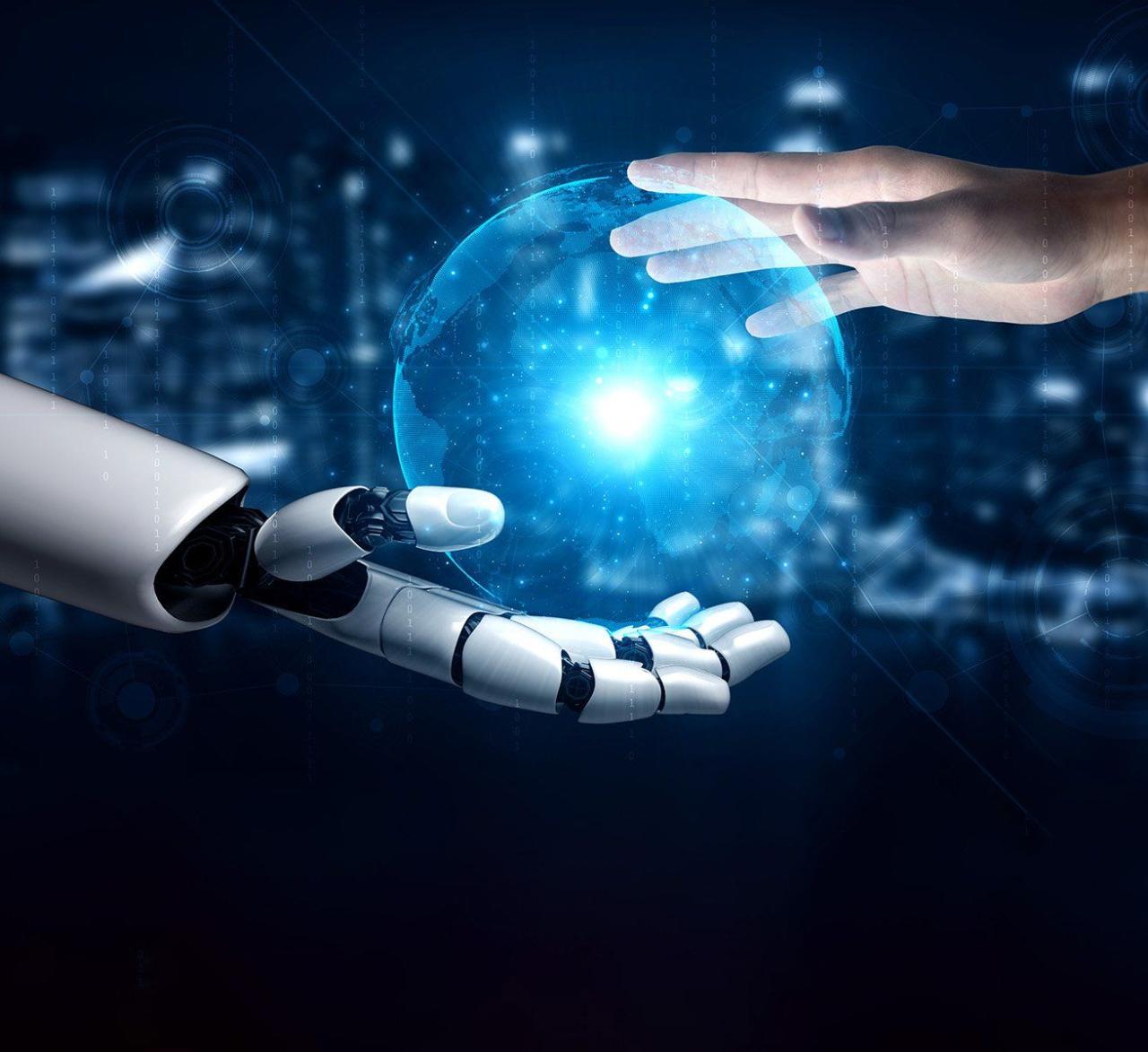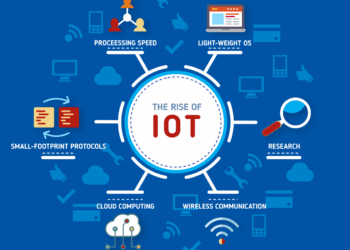In a world increasingly shaped by technology, the very fabric of our lives is interwoven with artificial intelligence. While we often focus on the power of AI to process data, automate tasks, or drive autonomous vehicles, the true revolution lies in a far more intimate space: the seamless connection between human thought and the digital realm. This is not science fiction; it is the next frontier of AI, where the barrier between mind and machine dissolves, creating a new epoch of human experience. This comprehensive exploration delves into the intricate mechanisms, profound implications, and exciting future of the human-digital interface.
The Genesis of a New Era: Understanding the Core Concept
The concept of a human-digital interface, often referred to as a Brain-Computer Interface (BCI), is the direct communication pathway between the brain and an external device. This is a radical departure from traditional interactions—like typing on a keyboard or swiping on a screen—which rely on physical actions. Instead, BCIs interpret neural signals, translating our intentions, emotions, and even thoughts directly into digital commands. This technology is a testament to the incredible complexity of the human brain, which operates on electrical and chemical signals. By monitoring these signals, we can essentially “hack” our own biology to command technology.
A. Non-Invasive vs. Invasive Interfaces
The technology comes in two primary forms, each with its own advantages and limitations. Non-invasive methods, such as electroencephalography (EEG), use sensors placed on the scalp to detect brain activity. These are the most common and accessible, often used in consumer-grade devices for things like meditation tracking or simple gaming. However, their lower signal resolution means they can only capture general brain patterns.
In contrast, invasive interfaces involve surgically implanting electrodes directly into the brain. While this sounds extreme, the results are groundbreaking. Devices like the ones being developed by companies like Neuralink can read individual neuron activity with incredible precision. This precision is essential for applications requiring fine motor control, such as restoring mobility for paralyzed individuals or providing a new form of communication for those who have lost their ability to speak. The risk, of course, is the surgical procedure itself, making this a high-stakes, high-reward field.
B. The Triad of Data: From Neural Signals to Digital Commands
The process is a complex dance between biology and technology. It begins with the brain generating a neural signal. For example, the thought of moving a cursor to the left triggers a specific electrical pattern in a certain region of the brain. The BCI’s sensors detect this signal, which is often a tiny fluctuation in voltage. This raw data is then processed and filtered to remove noise and isolate the desired pattern. Sophisticated algorithms, often powered by machine learning, are trained to recognize and interpret these specific patterns. Finally, the decoded signal is converted into a command that a digital device can understand, such as “move cursor left” or “select item.” The speed and accuracy of this entire process are what determine the effectiveness of the interface.
Pioneering Applications: Where Theory Meets Reality
The potential applications of the human-digital interface are not just theoretical; they are already making a tangible difference. From medicine to entertainment, this technology is poised to redefine our relationship with the world.
A. Revolutionizing Medicine and Accessibility
This is perhaps the most noble application of the technology. For millions of people with disabilities, BCIs offer a second chance at independence. Consider the case of a person with Locked-in Syndrome, a condition where a patient is aware but unable to move or communicate. A BCI could allow them to type out sentences simply by thinking the letters, giving them a voice and the ability to interact with their environment. Similarly, for individuals with paralysis, BCIs paired with robotic prosthetics can restore a sense of touch and motor control, allowing them to grasp objects or even walk again.

B. Enhancing Human Cognitive Performance
Beyond restoring function, BCIs could also augment our natural abilities. Imagine a future where a professional could access and process vast amounts of information instantly, without the need for a screen. Pilots could control aircraft with their minds, and surgeons could perform complex operations with unprecedented precision. The technology could also be used to improve memory, enhance focus, and even help manage mental health conditions like anxiety or depression by providing real-time feedback on brain activity.
C. Transforming the Gaming and Entertainment Industries
The gaming world is a natural fit for this technology. Instead of using a controller, players could command in-game characters with their thoughts. This would create a level of immersion that is currently unimaginable. Beyond gaming, BCIs could allow us to experience virtual reality with a new level of sensory input. Imagine feeling the warmth of a virtual sun or the sensation of rain, all controlled by neural feedback loops. The entertainment industry could deliver stories that respond to our emotional state, creating a truly personalized narrative experience.
D. The Future of Human Communication
The human-digital interface could fundamentally change how we communicate. In a future where we can share thoughts directly, the limitations of language and physical presence may become obsolete. While this raises profound ethical questions about privacy and consent, it also opens up the possibility of a deeper, more empathetic connection between individuals. This form of “telepathic” communication could be a powerful tool for collaboration, education, and understanding, bypassing the need for verbal or written language.
Navigating the Ethical Labyrinth and Societal Impact
With great power comes great responsibility. The development of human-digital interfaces is not without its challenges. The technology raises a host of ethical, social, and security questions that we must address before it becomes a part of our daily lives.
A. Data Privacy and Security
Our thoughts are the most private part of our identity. A BCI, by its very nature, is a data-collection device for our most intimate data. Who owns this neural data? How will it be protected from hackers, corporations, or governments? The potential for misuse is staggering. Imagine a world where your thoughts could be used to sell you products, or where your emotional state could be monitored and manipulated. Strong regulations and a global conversation about neural rights will be essential to ensure this technology is used for good.
B. The Digital Divide: Exacerbating Inequalities
Like many new technologies, there’s a risk that BCIs could widen the gap between the haves and have-nots. If these interfaces are expensive and only accessible to the wealthy, it could create a new form of class divide, where the “enhanced” have a distinct advantage in the job market and society. Ensuring equitable access to this technology will be a critical challenge. Governments and organizations must work to make these life-changing devices available to all who need them, regardless of their socioeconomic status.
C. The Philosophical Question of Identity and Free Will
The human-digital interface blurs the line between human and machine. If our thoughts can be manipulated or influenced by an external device, what happens to our sense of self? What constitutes free will when our decisions are intertwined with an AI? These are not just academic questions; they strike at the very core of what it means to be human. We must consider the long-term psychological and societal impacts of integrating technology so deeply into our minds.
The Road Ahead: Building a Future in Harmony with AI
The human-digital interface is not just another technological gadget. It is a fundamental shift in our evolution, a testament to our ingenuity and our desire to transcend our biological limitations. The journey ahead is a complex one, fraught with challenges but brimming with potential. The development of this technology will require a multidisciplinary approach, with collaboration between neuroscientists, engineers, ethicists, and policymakers.
The future is one where technology is no longer an external tool but an extension of ourselves. A future where a person with a disability can walk again, where a musician can compose music with their mind, and where communication is as effortless as a thought. It’s a future that demands a delicate balance of innovation and caution. As we stand at the precipice of this new frontier, it is our responsibility to ensure that this technology serves humanity and elevates our existence, rather than diminishing it. The human-digital interface is not just a technological breakthrough; it is a profound step into a new chapter of human history.













